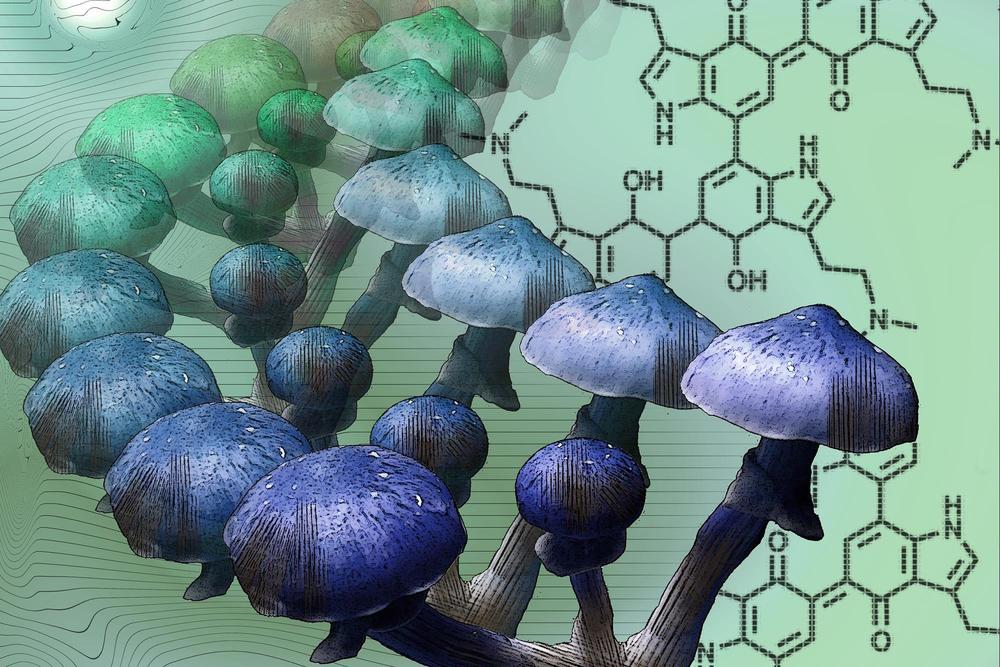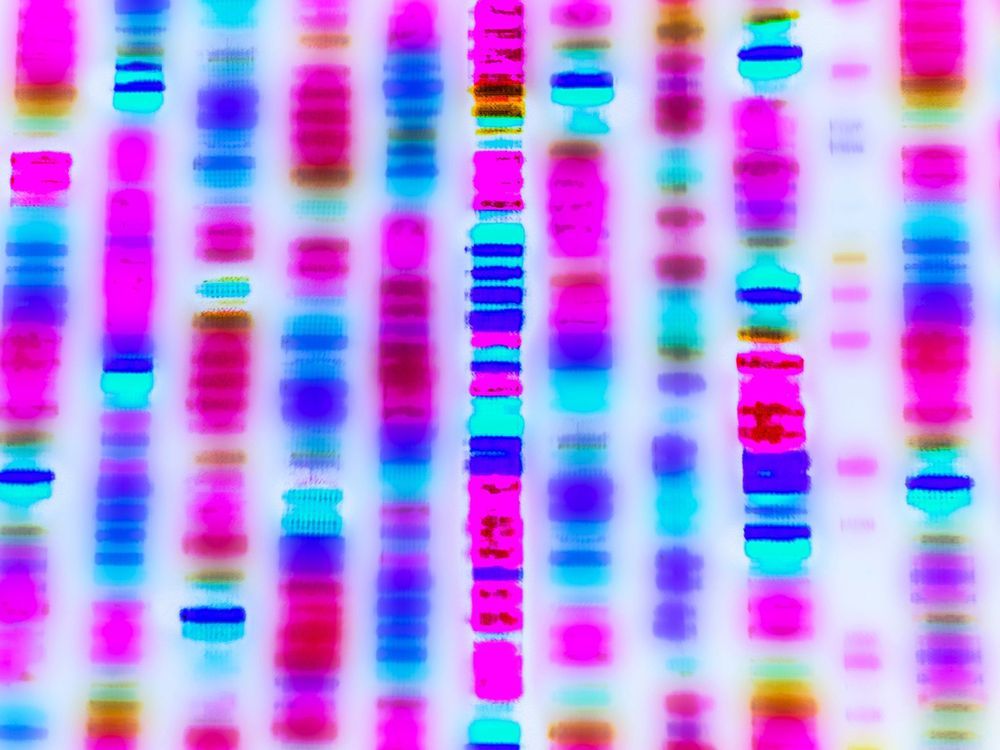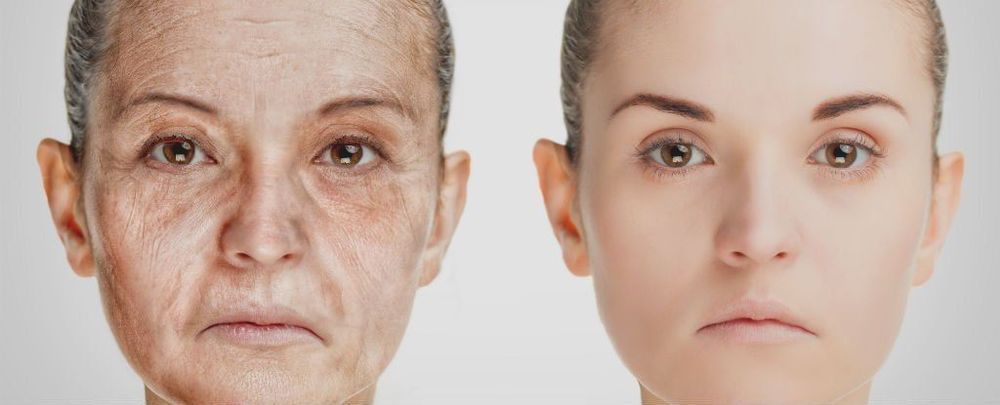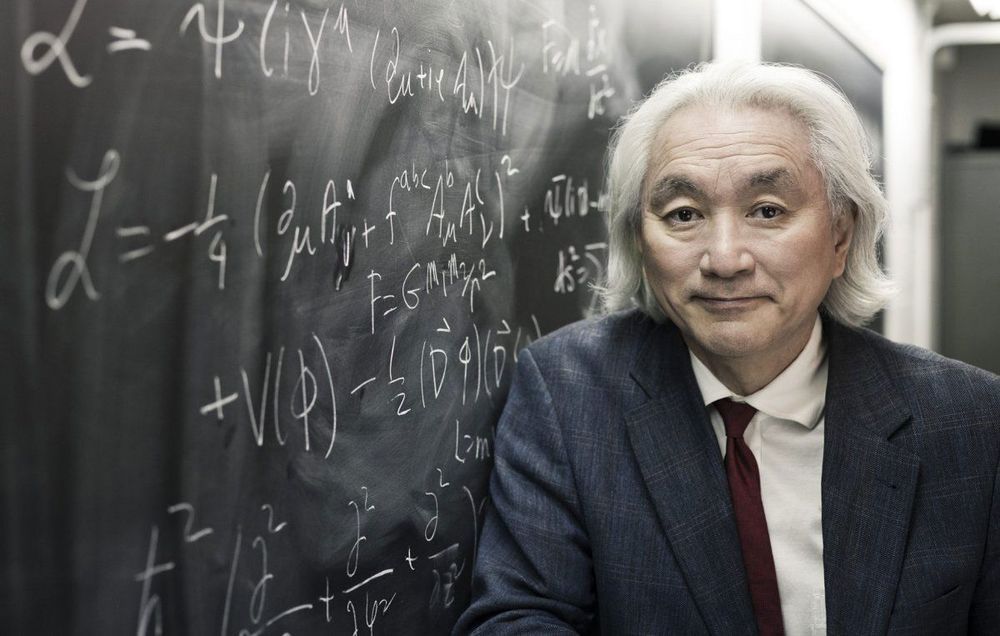MESA, AZ — Mysterious lights hovering above the east Valley have many wondering if we’ve had a close encounter.
“It was pretty bright, it was about straight up over here, and it went straight that way, stopped, and it didn’t seem like it was too far,” said DJ Maier and Kerri Burnett, describing what they saw.
The couple says they spotted the phenomenon outside their Mesa home on Sunday around nine that night.









